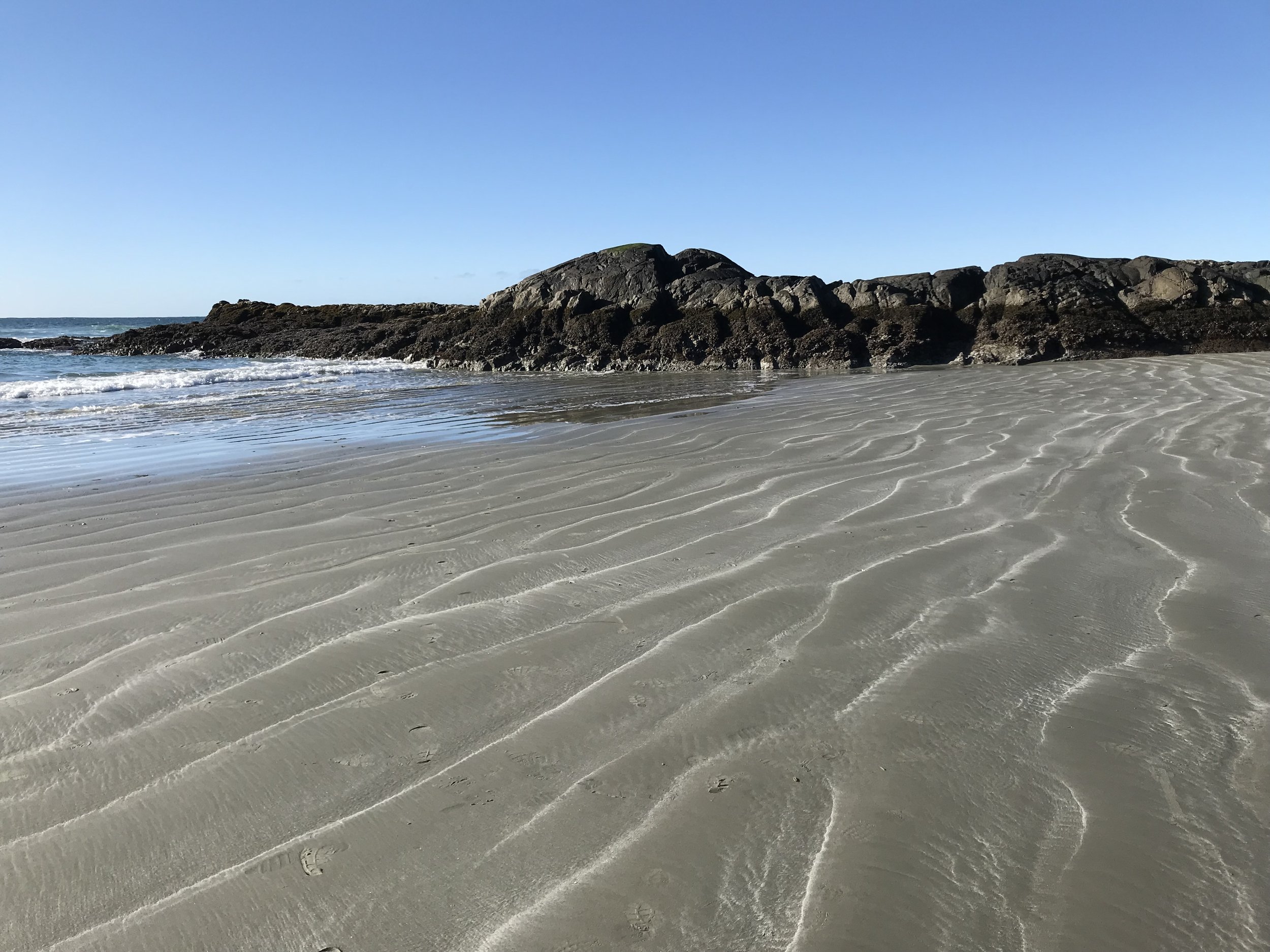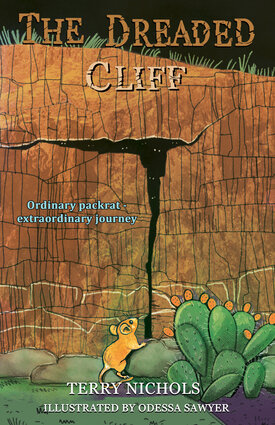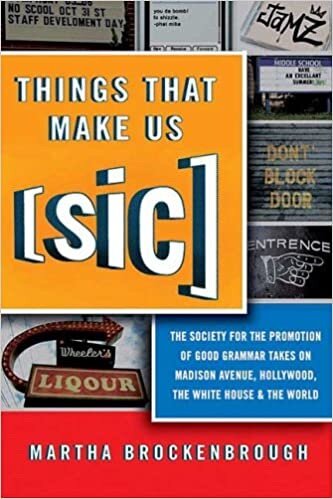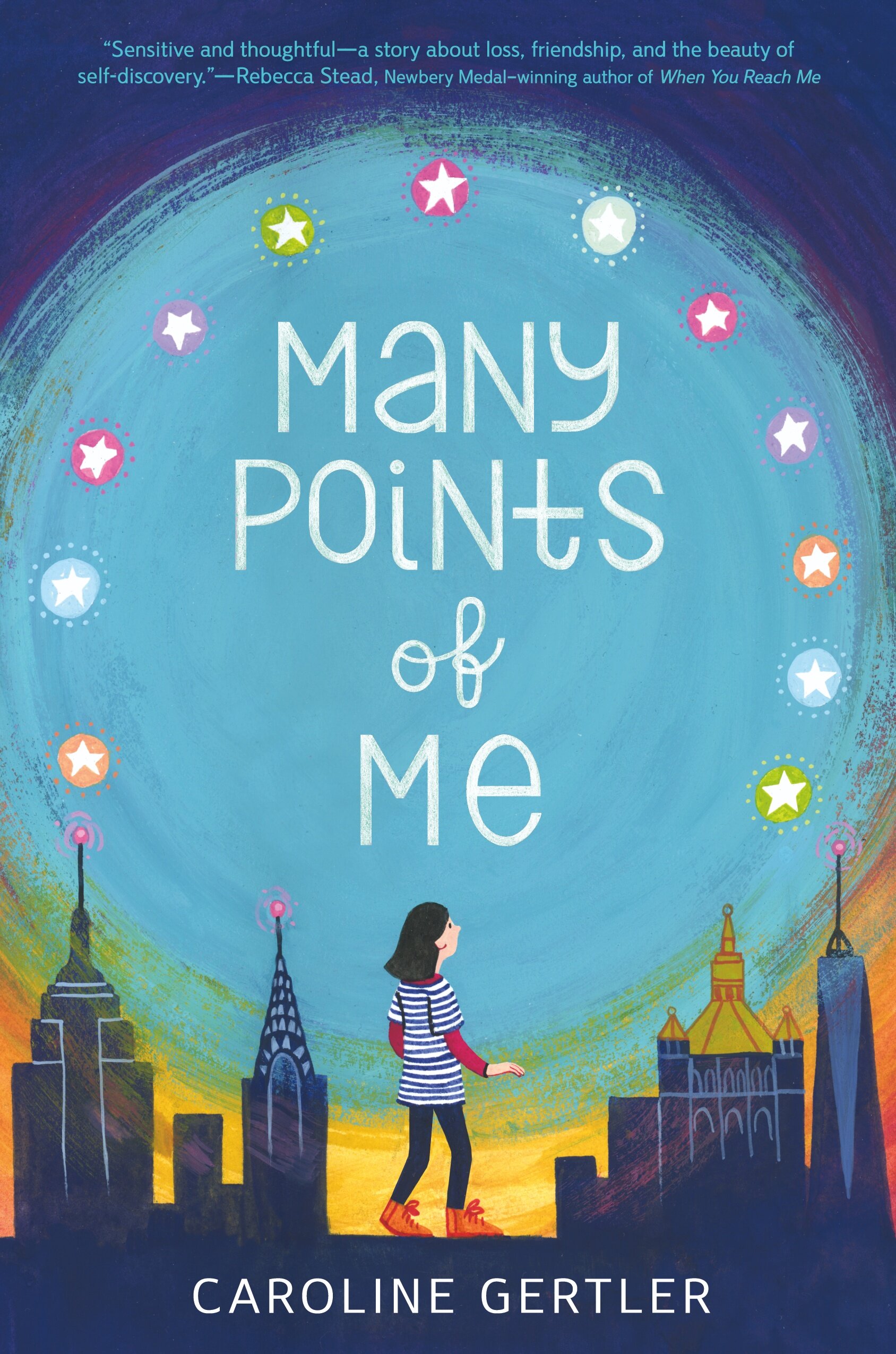
Writing With a Broken Tusk
Writing With a Broken Tusk began in 2006 as a blog about overlapping geographies, personal and real-world, and writing books for children. The blog name refers to the mythical pact made between the poet Vyaasa and the Hindu elephant headed god Ganesha who was his scribe during the composition of the Mahabharata. It also refers to my second published book, edited by the generous and brilliant Diantha Thorpe of Linnet Books/The Shoe String Press, published in 1996, acquired and republished by August House and still miraculously in print.
Since March, writer and former student Jen Breach has helped me manage guest posts and Process Talk pieces on this blog. They have lined up and conducted author/illustrator interviews and invited and coordinated guest posts. That support has helped me get through weeks when I’ve been in edit-copyedit-proofing mode, and it’s also introduced me to writers and books I might not have found otherwise. Our overlapping interests have led to posts for which I might not have had the time or attention-span. It’s the beauty of shared circles.


A Story About–What? Everything?
Yes. Everything. "A Story About Everything" is how this professor, Arti Dhand, describes The Mahabharata in her pandemic project, a podcast with 15-20 minute episodes that herds listeners onto the convoluted trail of this ancient story.

Process Notes: Cynthia Leitich Smith on Sisters of the Neversea
This is not the first time my gifted VCFA colleague and longtime friend, Cynthia Leitich Smith, has held conversations with the literary canon. Her Tantalize series is an ongoing bestselling heart-to-heart over several volumes with Dracula by Bram Stoker.

Guest Post: Nandini Bajpai on Sister of the Bollywood Bride
Nandini Bajpai was my student years ago when I taught classes on writing for children on writers.com. (Aside: I’m happy to see that VCFA graduate Kelly Bingham teaches there now.)

Wordplay and Profiteering: Fran Wilde on The Ship of Stolen Words
The Ship of Stolen Words blends humor and wordplay with eccentric magic. How about this for starters? A group of goblins steals a boy’s ability to use a magic word: “sorry.” And we’re off on an adventure involving goblin technology, miniature pigs, a couple of friends temporarily at odds, a Little Free Library, and more.

Process Talk: Rita Williams-Garcia on A Sitting in St. James
Once in a while you find a book that makes you stop and reread passages for the power of their words.

Guest Post: Terry Nichols on Real-life Setting in The Dreaded Cliff
From my friend of many years and one-time park ranger at Aztec Ruins National Monument, Terry Nichols, here’s a delightful middle grade that Kirkus called “linguistically rich and frequently humorous.”

Unheeded Warning: The Village Where the Chipko Movement Began
Years ago, I wanted to write a children’s book about the Chipko movement, an astonishing story of love and clarity. In the story, 18th century people of the Bishnoi community in Rajasthan in northern India, led by their women, hugged their trees to prevent them from being cut down, because they knew the value of that forest and didn’t want it to be sacrificed to a king’s ignorant ambition.

Guam, Past and Present
With Earth Day appoaching, on my reading list is The Properties of Perpetual Light, a new book by Julian Aguon, founder of Blue Ocean Law, an international law firm based in Guam, specializing in human and indigenous rights, self-determination, and environmental justice in the Pacific. The book addresses the history of colonization and militarization of Guam — and how Indigenous people have resisted U.S. influence.

Sparrows in a New Don Freeman Book
Remember Corduroy, the bear who lost a button and found a friend? When Don Freeman, creator of the much-beloved little bear, died in 1978, his wife, Lydia worked with his former editor on a book Don had left unfinished: The Sparrows of Stonehenge.

Visualizing the Long Project
Thank you to Caroline Starr Rose for letting me know about this marvelous graphic depiction of a process with which I am all too familiar, having been in "this writing business. Pencils and whatnot" for about thirty years now. Being the slow, plodding writer I am, stubbornly Poohish, I know all about the arc of the long project and have occasionally surprised myself retracing my own footsteps in search of Woozles, or could they be Grandfathers?

The Dead Bird
A bird is meant to defy gravity, right?
So finding a dead female varied thrush outside the door is just a heartstoppingly sad experience. I have stickers all over the glass windowpanes to stop birds from crashing into them. Did this bird miss my UV stickers? Was she a window casualty? Such a terrible thought.

The Story Before the Story: Mark Karlins on Kiyoshi's Walk, Part 2
Kiyoshi's Walk by Mark Karlins, illustrated by Nicole Wong, is a meditative reflection on poetry and love, family and connection and the beauty around us. Earlier, Mark told me about his journey as he dreamed of this picture book. Here's more from him now on the path by which the book grew into itself.

The Meandering Walk Called Writing: Mark Karlins on Kiyoshi's Walk, Part 1
Happy Book Birthday to Mark Karlins on Lee and Low's release of Mark's picture book, Kiyoshi's Walk, illustrated by Nicole Wong. I sent Mark a couple of meandering questions, since I was lucky enough to stroll alongside during part of this book's journey. Here's our conversation.

Freedom in Structure and Other Thoughts About Words
This Thursday will be National Grammar Day in the United States, designated by none other than my colleague Martha Brockenbrough. I almost said "founded" but you can't found a day, or find it, for that matter, can you?

Imagine 2200: Cli-fi Short Story Contest
Environmental nonprofit news outlet Grist’s solutions lab, Fix, has launched a new climate-fiction short story contest. Imagine 2200 calls for stories (3,000–5,000 words) that envision the next 180 years of equitable climate progress.

I Read Canadian Day
At 12:00pm ET, "I Write Canadian" videos starring CANSCAIPers launch on Bibliovideo

Process Notes: Caroline Gertler on Many Points of Me
I'm always thrilled to see books by writers whom I can claim as my students. Not because I think I taught them how to write that book--do we ever do that, really? The most I can do is recognize students who have the talent and drive to take a book from idea to completion. After that my job is to point out how a writer can lift a story into the light.

Process Notes: Larissa Theule on Kafka and the Doll
Kafka and the Doll is a picture book inspired by a fabled tale from legendary writer Franz Kafka's life. The book opens in Berlin in 1923, when Kafka and his sweetheart, Dora Diamant meet a little girl in a park in Berlin. The girl, Irma, is crying because she’s lost her doll, named, engagingly, Soupsy. Kafka assures her that the doll, named Soupsy, is not lost but merely traveling. What ensues is at once kind, inventive, and captivating. For three weeks Kafka writes and delivers letters to the child from her globetrotting doll. The letters thread through the journey of writer and child, becoming emblematic of growth and life, affection and loss.

Threads of Peace Bound Galleys!
Nothing like the arrival of a box of bound galleys on your doorstep to yank you out of reality and place you in the slow, unfathomable timeline of the book's creation.
